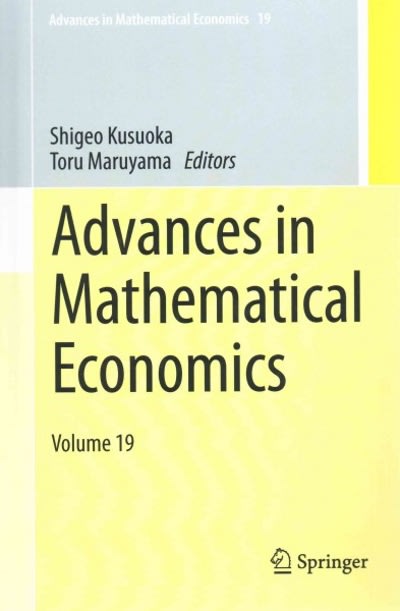Question
A. A motorcycle manufacturer substitutes a different engine in their motorbikes that were known to have an average kilometer-per-gallon rating of 31.5 on the highway.
A. A motorcycle manufacturer substitutes a different engine in their motorbikes that were known to have an average kilometer-per-gallon rating of 31.5 on the highway. The manufacturer wants to test whether the new engine changes the kilometer-per-gallon rating of the automobile model. A random sample of 100 trial runs gives a sample mean of 29.8 kilometers per gallon and a standard deviation of 6.6 kilometers per gallon.
1. What is the null hypothesis? ______________________
2. What is the alternative hypothesis? ____________________
3. Using the 0.10 level of significance, what is the critical value? __________
4. Using the 0.01 level of significance, what is the critical value? __________
5. What is the p-value? __________
6. At 0.10 significance level, is the average kilometer-per-gallon rating on the highway for motorcycle using the new engine different from the rating for motorcycle using the old engine? _________________________________________________________
7. At 0.01 significance level, is the average kilometer-per-gallon rating on the highway for motorcycle using the new engine different from the rating for motorcycle using the old engine?_________________________________________________________
B. The quality-control manager of the Ryu LED lights factory needs to determine whether the mean life of a large shipment of LED lights is equal to 3750 hours. The population standard deviation is 900 hours. A random sample of 100 LED lights indicates a mean life of 3500 hours.
1. What is the null hypothesis? ______________________
2. What is the alternative hypothesis? ______________________
3. Using the 0.05 level of significance, what is the critical value? __________
4. Using the 0.10 level of significance, what is the critical value? __________
5. What is the p-value? _________
6. At the 0.05 level of significance, is there evidence that the mean life of LED Light is different from 3750 hours? _________________________________________________________
7. At the 0.10 level of significance, is there evidence that the mean life of LED light is different from 3750 hours? _________________________________________________________
C: According to your finance manager, the average appreciation, in percent, for stocks has been 10% for 10 years. An analyst tests this claim by looking at a random sample of 30 stocks and finds a sample mean of 9% and a sample standard deviation of 4%.
1. What is the null hypothesis? ______________________
2. What is the alternative hypothesis? ______________________
3. Using the 0.05 level of significance, what is the critical value? __________
4. Using the 0.10 level of significance, what is the critical value? __________
5. At the 0.05 level of significance, is there evidence that the stock appreciation is different from 10%? ___________________________________________________
6. At the 0.05 level of significance, is there evidence that the stock appreciation is different from 10%? ___________________________________________________
D: Average coffee consumption in a particular city is believed to be 8.5 cups per person per month. A survey is therefore undertaken to test the null hypothesis that average soap consumption is still 8.5 cups per person per month versus the alternative that it is not. A sample of size of 50 is collected and gives a sample mean of 8 cups and a standard deviation of 1.5 cups.
1. What is the appropriate test statistic in this case? _______________________________________
2. Define the null hypothesis _______________________________________
3. Define the alternative hypothesis _______________________________________
4. What is the test statistics? ___________
5. At 0.05 significant level, what is the critical value? ________
6. What is the p-value? __________
7. What is your conclusion about the result? ___________________________________________________________________
8. Does the change (increase or decrease) in standard deviation affect the result of the study? How? ___________________________________________________________________
9. Does the change (increase or decrease) in sample size affect your conclusion? How? ___________________________________________________________________
10.Does the choice of level of significance change your conclusion? Explain. ___________________________________________________________________
Step by Step Solution
There are 3 Steps involved in it
Step: 1

Get Instant Access to Expert-Tailored Solutions
See step-by-step solutions with expert insights and AI powered tools for academic success
Step: 2

Step: 3

Ace Your Homework with AI
Get the answers you need in no time with our AI-driven, step-by-step assistance
Get Started


